
DICOM (Digital Imaging and Communications in Medicine) is a standard format that enables medical professionals to view, store, and share medical images irrespective of their geographic location or the devices they use, as long as those devices support the format. DICOM images need to be viewed through specific software called DICOM viewers that can read and display the format. The images, along with the corresponding patient data, are often stored in a large database called the Picture Archiving and Communication System (PACS). The purpose of a DICOM application is to store information in the PACS about the imaging examination, along with patient details, and then when required, to view and interpret (and possibly edit) medical images that are retrieved from the PACS. DICOM images are unique in the fact that they contain patient information in addition to the image data.
There is actually no dearth of DICOM viewing software out there. Search online and you will find a multitude of options—some freeware, some paid, some targeted at medical students, others at seasoned experts, each with different specifications, systems requirements, add-ons, and capabilities. As a classic case of the paradox of choice, the abundance merely makes it difficult for healthcare professionals to choose the software that would be the best fit for their requirements. This is our endeavor in this article, to make the decision easier for you by presenting some popular viewers with useful features and very affordable pricing plans. In fact, most of them are free for basic use.


|
Cloud PACS and Online DICOM ViewerUpload DICOM images and clinical documents to PostDICOM servers. Store, view, collaborate, and share your medical imaging files. |
DICOM viewers are often developed with a focus on one or more of the following functions:
For instance, some software are meant only for basic viewing. Therefore, they do not have any additional features such as sharing or storage. Some applications have the ability to export data as JPEG or GIF files, which can be used in teaching and presentations. DICOM software for clinics can store images to a certain extent on mini-PACS servers. Some software also offer advanced features, like anonymization, which is particularly useful when conducting clinical research.
From the standpoint of doctors, medical students, and clinicians, the following points should be kept in mind when looking for a DICOM viewer:
If you are a medical student, you may just be looking for a way to view and study clinical images. A full-fledged radiologist, on the other hand, would need high-speed software with specialized plug-ins and structured reporting. Furthermore, certain applications may be best suited to view images from specific body regions.
Is it Windows, Mac OS X, or Linux-based? You might want to keep in mind that many viewers are designed to run on either Windows or Mac, but not both. Therefore, when deciding on an option, make sure that it runs on different operating systems, and if not, then at least on the one that you most frequently use.
Most doctors and students today use not only their desktops, but also laptops, tablets, and smartphones interchangeably. The ideal DICOM application would allow access to the same data from multiple devices with convenience. You want a viewer that you can access from any device, any time.
Most DICOM applications today read common imaging modalities like CT, MRI, and ultrasound images. Features such as multiplanar reconstruction (MPR), particularly 3D reconstruction, are needed for treatment planning. Volume rendering, maximum and minimum intensity projections (MIPs) aid in diagnosis as well as in research. Image fusion, such as PET to CTs or PET to MRIs can also help in diagnosis and reporting.
The DICOM software must integrate with a PACS server that offers enough space to store an adequate volume of images along with patient data. The PACS server might be located in an institution, in which case the application must integrate to it directly, or it can be a cloud-based PACS system, which can be accessed online from anywhere. The latter is especially useful when images need to be stored and analyzed for research purposes.
Keeping the above purposes in mind, and allowing for ease of use and installation by end users themselves, we have compiled the following list that includes the most convenient, useful, and affordable DICOM viewers out there:


PostDICOM is one of the best DICOM viewers that offers almost all of the above features. It is compatible with Windows, Mac OS X, and Linux. It can be operated from android devices and iOS-based systems. PostDICOM comes with a cloud-based PACS, which allows you to access data from any device, anywhere, at any time. The viewer allows advanced image manipulation, such as 3D reconstruction, 3D volume rendering and MIP, and image fusion. It also offers an interface for creating reports, sharing files, and immediate uploading of all patient data to the cloud PACS.
The cloud-based PACS is unique to this software and offers several advantages. It allows researchers to upload relevant images on the PACS server for viewing, processing, and analyzing at various stages during the course of their clinical research. This ensures complete data integration and a smooth workflow.
Although paid subscriptions are available, the free trial version itself has several premium features. The cloud PACS offers free trial to its paid subscriptions, shares a month, and one or more user logins. These can be increased with different paid subscriptions. PostDICOM offers technical support for the free.


|
Cloud PACS and Online DICOM ViewerUpload DICOM images and clinical documents to PostDICOM servers. Store, view, collaborate, and share your medical imaging files. |
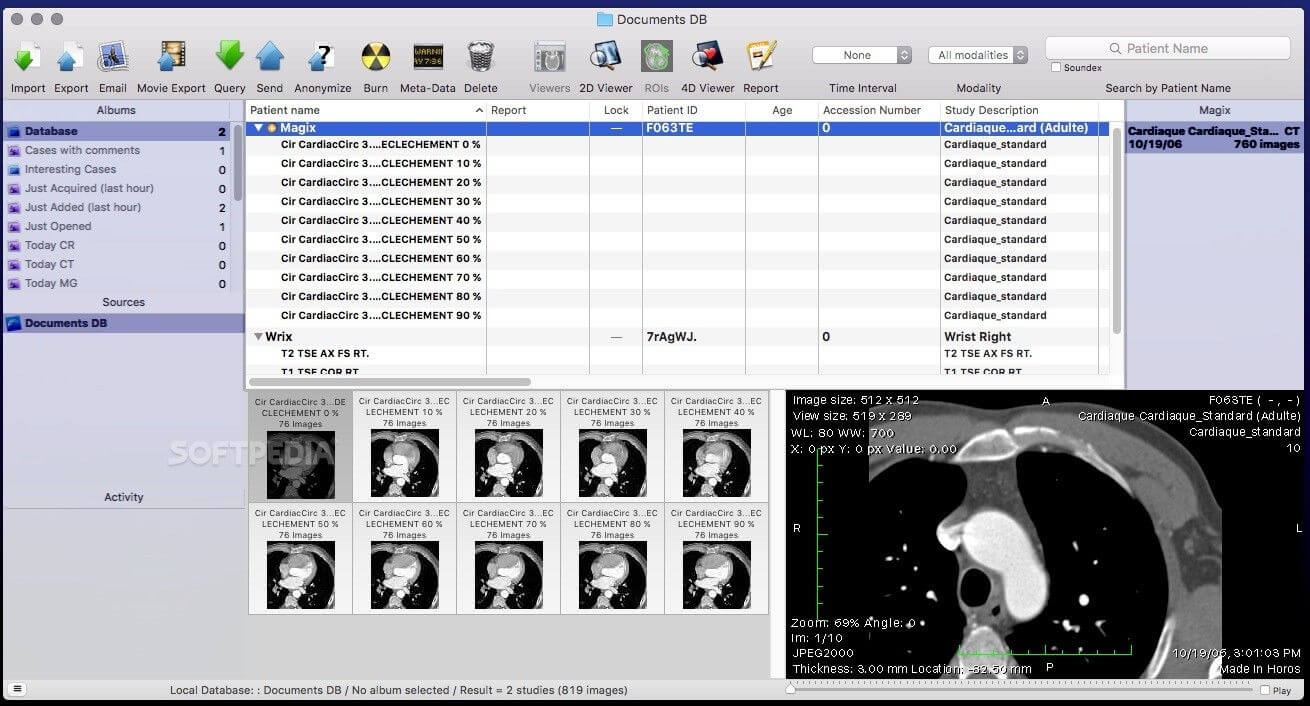
Horos is an open source DICOM viewer for Mac. It is actually the free version of an expensive DICOM viewer called Osirix MD, which is often considered to be the best DICOM viewer for Mac. It only runs on Mac OS, version 10.8 or higher. This software allows for most diagnostic techniques, including multiplanar reconstruction, maximum intensity projections, and volume rendering. It also has tools for manipulating images and making measurements.
One of the unique features of Horos is that it has a plug-in that allows uploading of images to Radiopedia, an online resource with a large number of reference cases and articles. Technical support is available through both phone and email. Horos, however, does not integrate to PACS free of cost. Cloud-based storage is available at an additional cost.
A free version of Osirix MD, called Osirix Lite, is also available to users. However, it does not allowing editing of imaging metadata, and image modifications come with a watermark. While this is good to get a feel for the parent software, it is not intended for regular medical use.

The RadiAnt DICOM image viewer is a simple, fast platform that is compatible with Windows. It offers multiple features, including MPR, MIP, and image fusion. Images can be exported to JPEG, PNG, and other image formats. They can also be copy-pasted directly to presentations and word documents.
The application is just a viewer and does not offer storage space. Their website has a disclaimer explicitly stating that they do not have any certifications, and as such, the product is not intended for diagnostic use. However, it is handy for students and residents for studying medical images and research purposes.
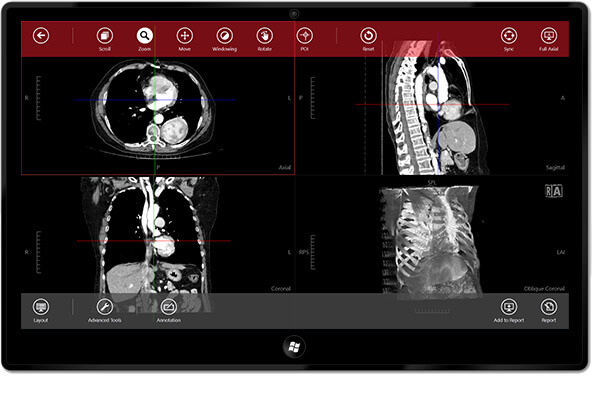
The Navegatium DICOM viewer has been designed especially for touchscreen computers and tablets, and when used on these devices can be very fast and simple to use. It offers MPR, MIP, and simulated reconstructions. The layout and views can be customized as per user preferences. It can be directly integrated with PACS, but does not offer storage, importing and sharing.
It may be slightly awkward to use without a touchscreen. This application only runs on higher versions of Windows. It lacks advanced features, but is useful for basic use.
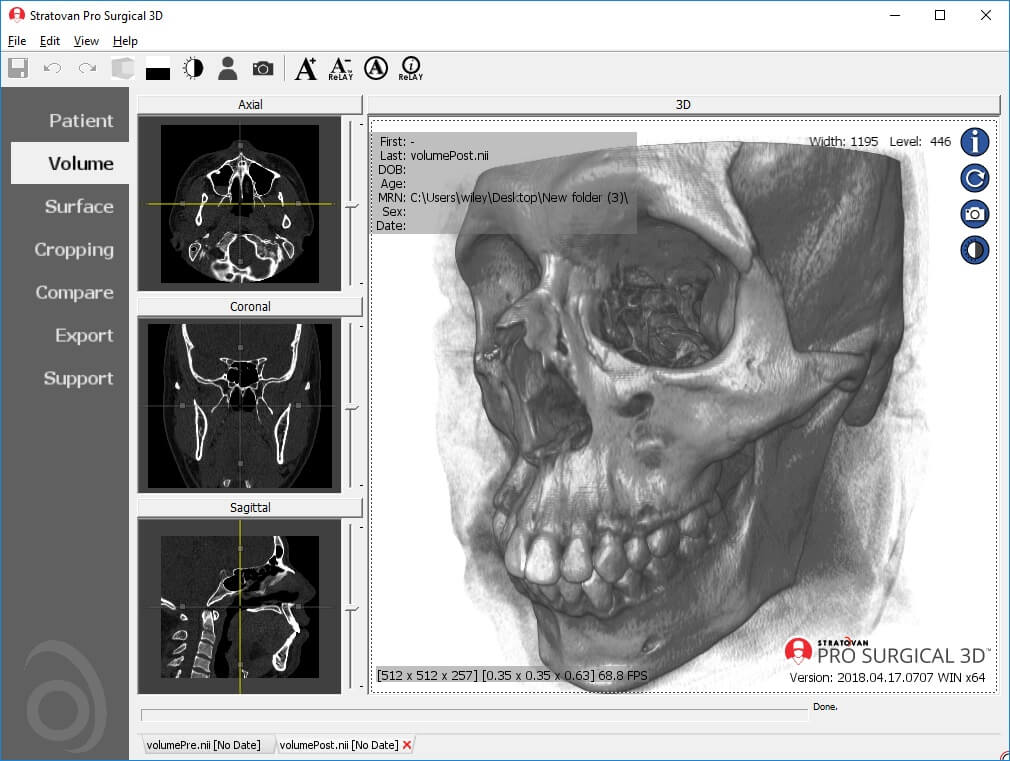
The Pro Surgical 3D application (from the Stratovan Group) is mainly targeted at surgeons, for surgical planning using their high quality 3D reconstruction feature. However, anyone can use this application to read and understand scans. It has the capacity to anonymize and de-identify patient details in scans, which is a must when the images are used in research, presentations or publications. They have an integrated customer support portal to aid in usage. The application also provides access to the Navegatium Knowledge Base—a comprehensive digital library of medical images.
Some drawbacks are that it occupies a lot of hard disk space, requires an advanced version of Windows (at least Windows 8.1 or 10) and high-speed RAM.
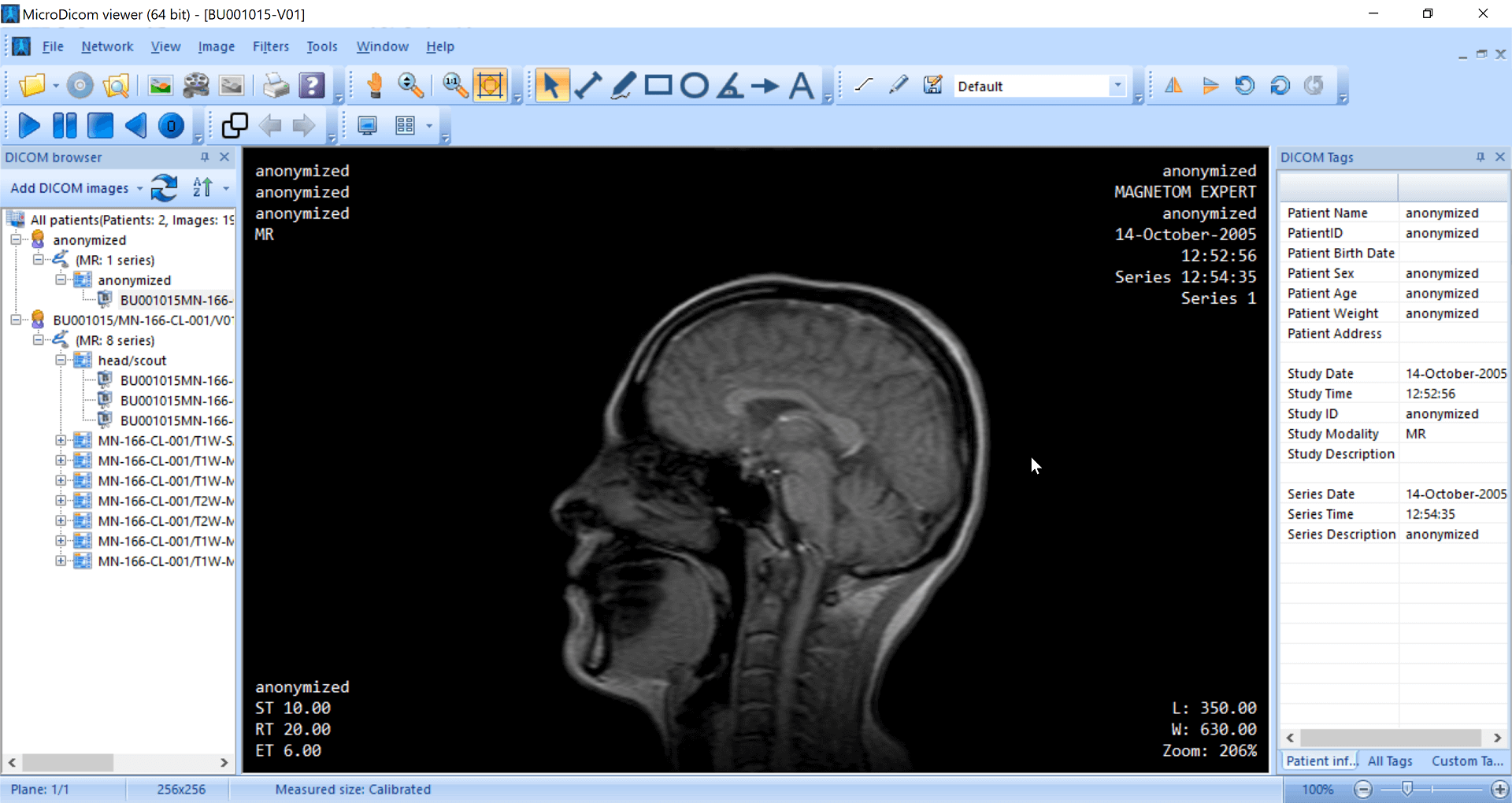
The application allows both viewing and processing of DICOM images. It can generate structured reports, and allows basic measurements, annotations, and zooming in for images. MicroDicom does not offer advanced features such as MPR and volume rendering. It can be downloaded as a potable zip file that does not require installation. This allows it to be used on any device that has a Windows OS.
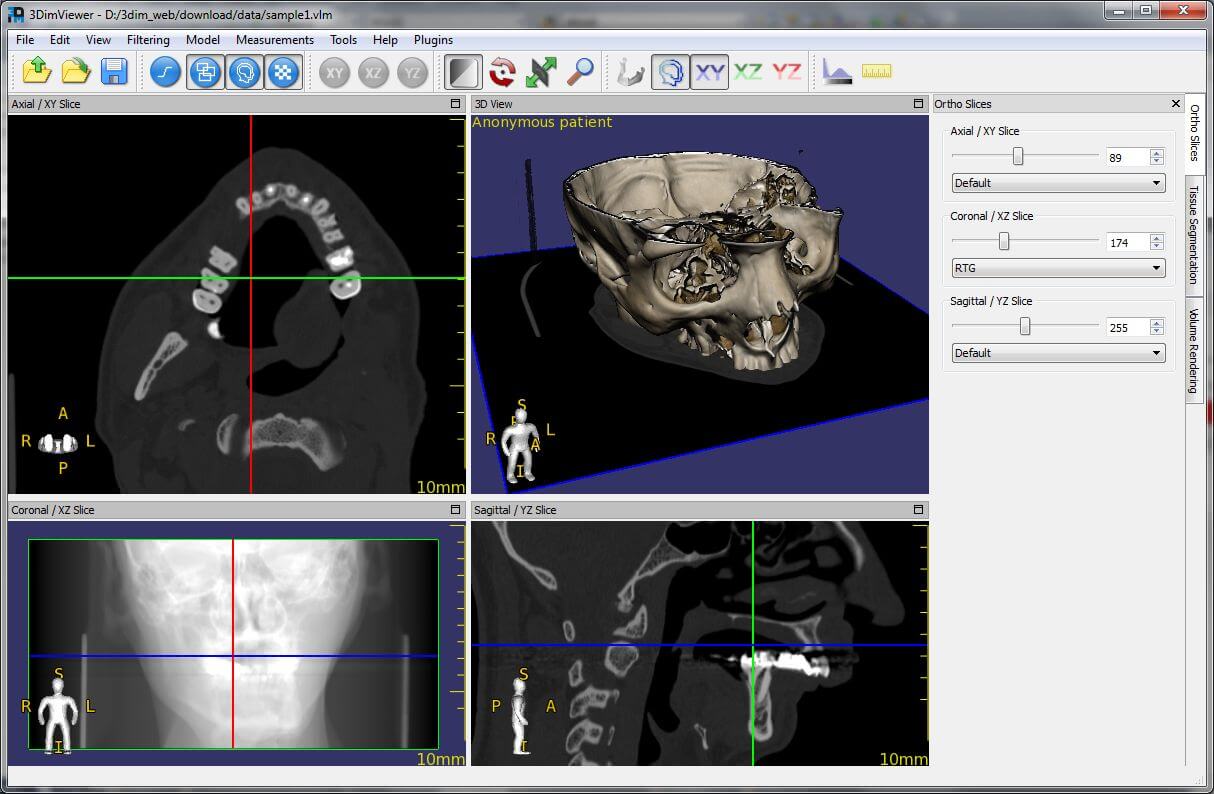
This is a lightweight application that is great for beginners who are learning to use a DICOM viewer. Its biggest advantage is that it can be run on multiple operating systems. It offers multiplanar views, MIP and volume rendering, but image editing and exporting are not possible.
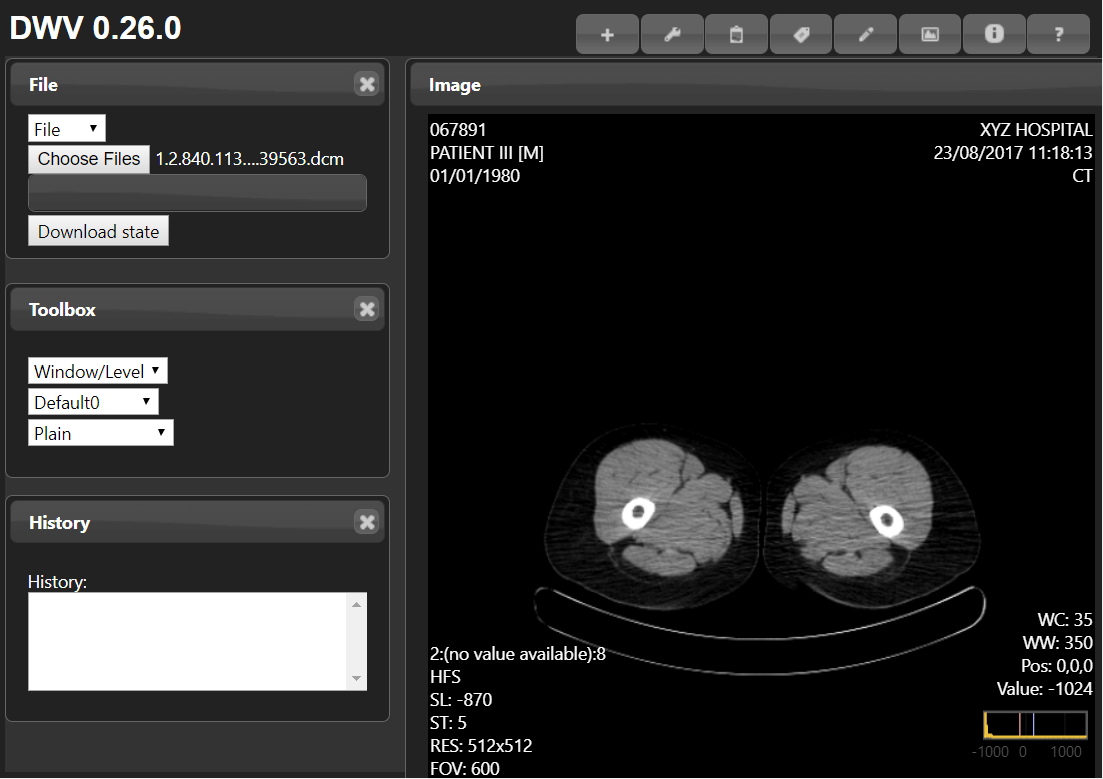
This is a browser-based DICOM viewer, which means it cannot be downloaded, but can be accessed through any device with an internet browser—your laptop, phone, tablet, or even smart televisions. Only basic manipulation of the image (drag, zoom, contrast) can be done, and as this is view-only, export is not possible. The application requires some technical skill to navigate around, but videos and support is offered.
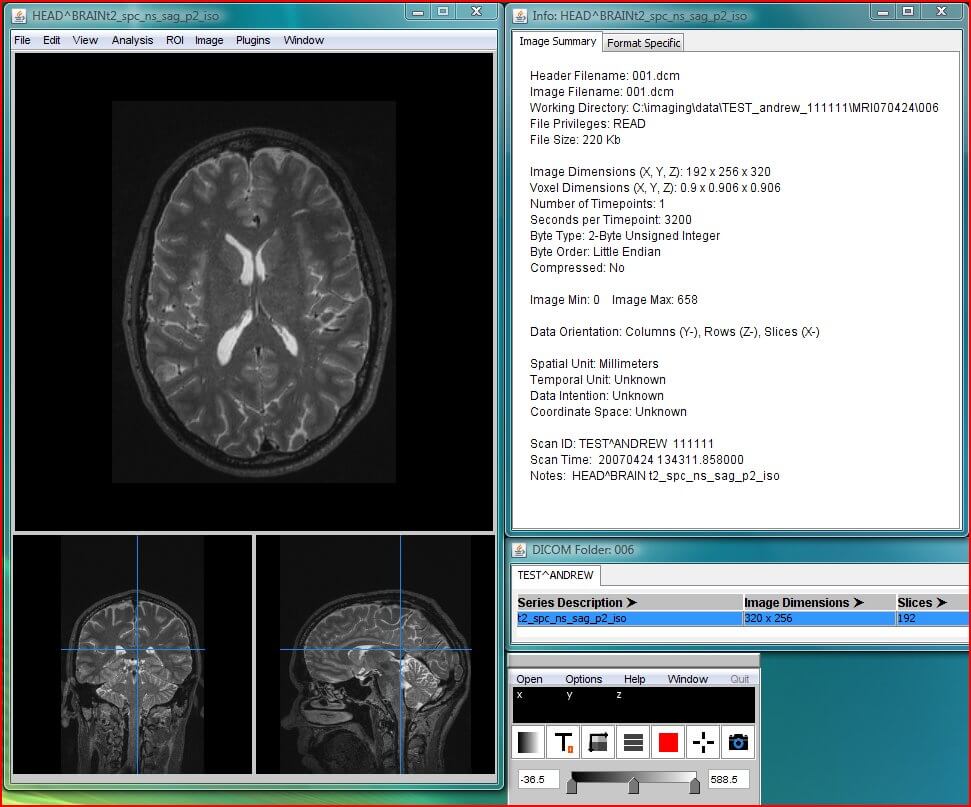
MANGO is an advanced DICOM application which requires some technical coding before it can be used. It has several advanced features, including conversion, anonymization and editing images. Other versions of Mango (Papaya and iMango) can be accessed from the browser directly or an Apple iPad. The application is under constant development, possible due to grants from the National Institute of Mental Health and the National Institute of Biomedical Imaging and Engineering. Therefore, it keeps improving in its functionality. Advanced options like behavioral analysis, disease analysis, and brain separation modalities make it particularly useful for neuromedicine. It does not offer cloud storage.
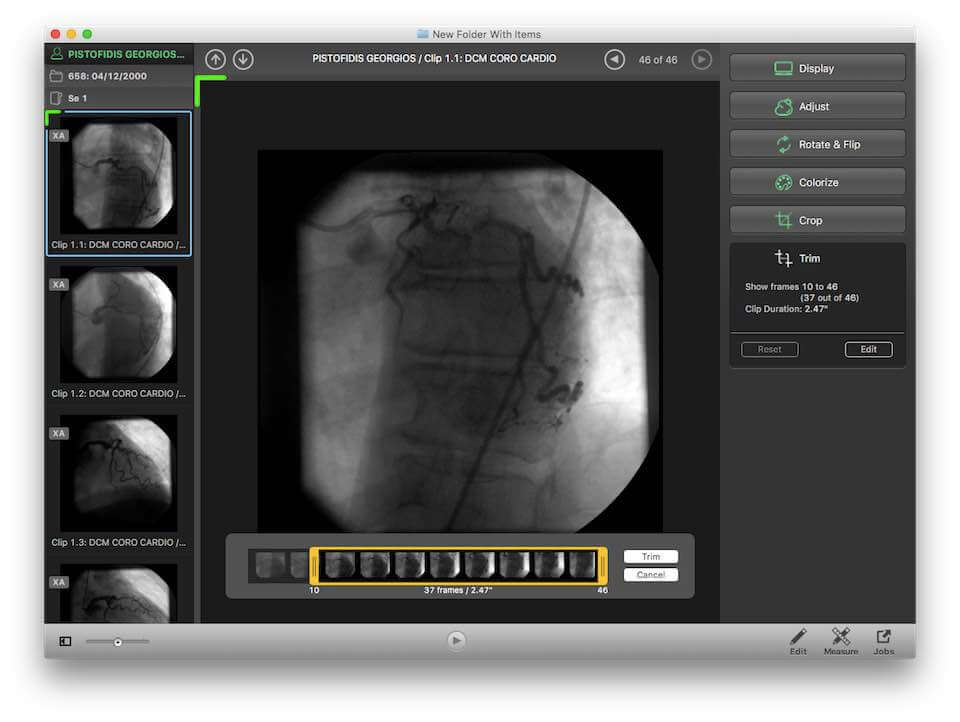
This is another lightweight application that is capable of viewing DICOM images. Escape EMV offers anonymizing and exporting features, but does not have many other advanced specs. It is available in multiple languages. Only a trial version is available free of cost, and commercial use of the software requires payment of a license fee.


|
Cloud PACS and Online DICOM ViewerUpload DICOM images and clinical documents to PostDICOM servers. Store, view, collaborate, and share your medical imaging files. |
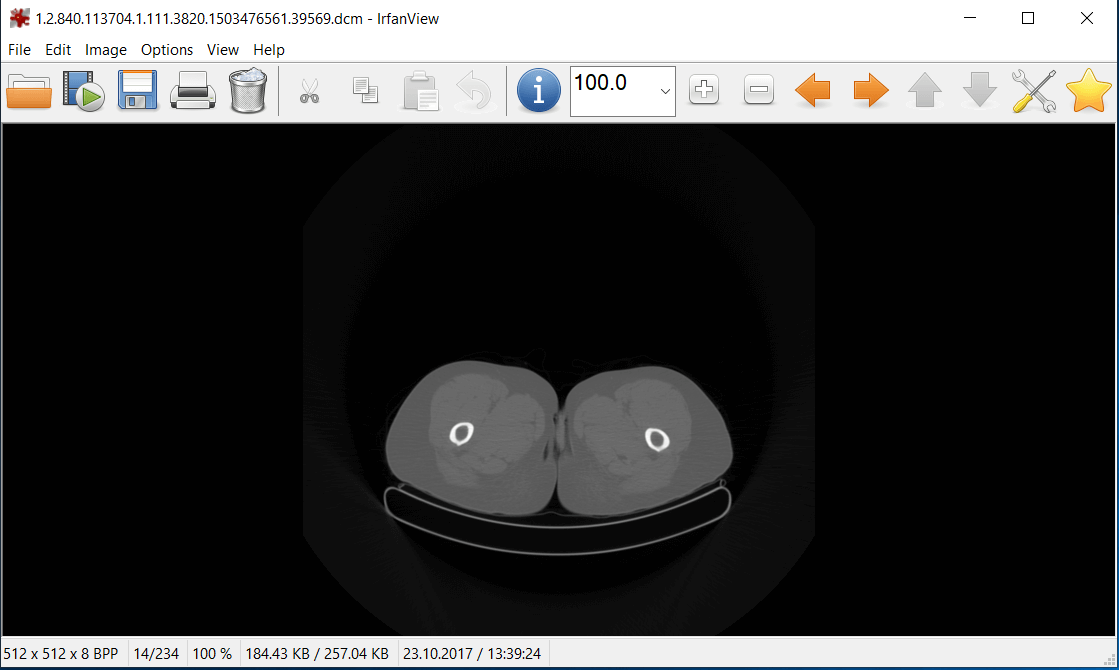
IrfanView is an extremely simple yet effective image viewer that supports the DICOM format in addition to other image files. It does not boast the features of many of the above applications, but if your purpose is to simply view DICOM images, it is lightweight and easy to use. The software is only free for non-commercial purposes. If you intend to use it for your private practice or in a hospital setting, a license fee is applicable.
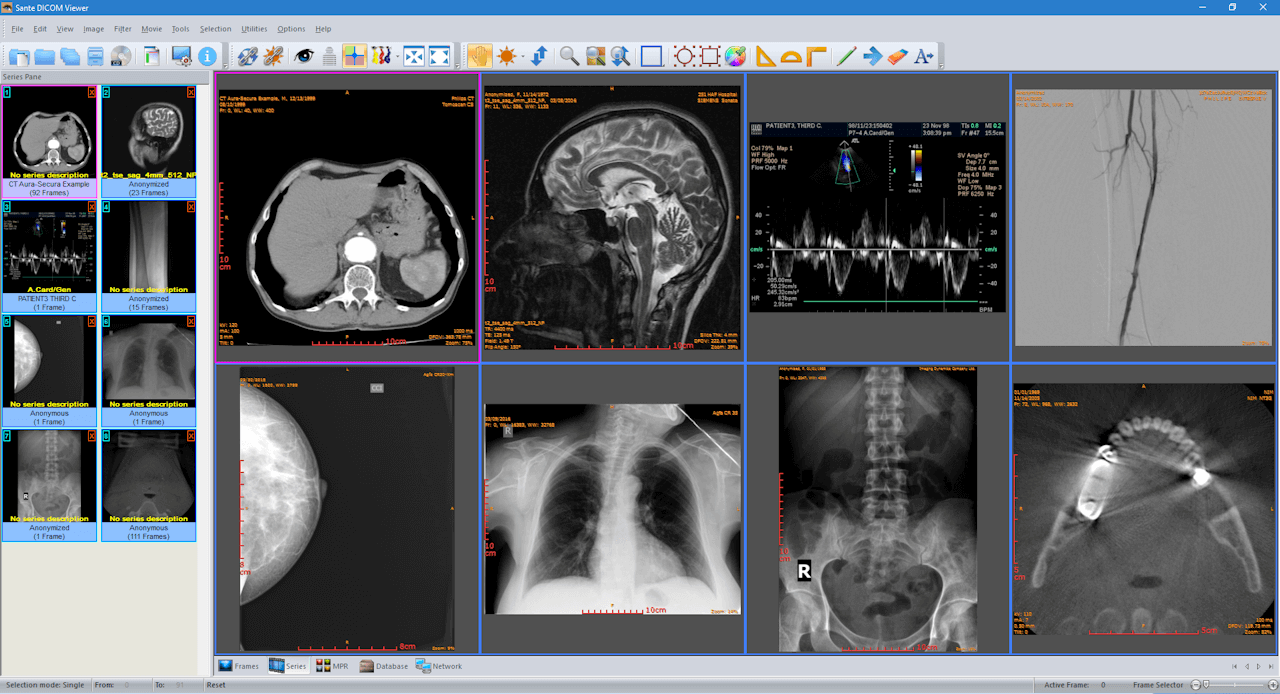
It is a robust application that is easy to use too. While it does not offer cloud storage, it can function as a mini-PACS server. It has the capacity to batch-anonymize and batch-convert to image formats. The free version is valid for 45 days only, after which a lifetime license can be purchased at a reasonable cost.

This is the free version of the paid software JiveX Review Client, and is meant to be used in educational and research activities. The viewer supports not only radiology images in the DICOM format, but also other medical data such as ECGs. The freeware does not allow users access to a PACS server or technical support. Although the viewer improves workflow, advanced manipulation of images is not possible with the free version.
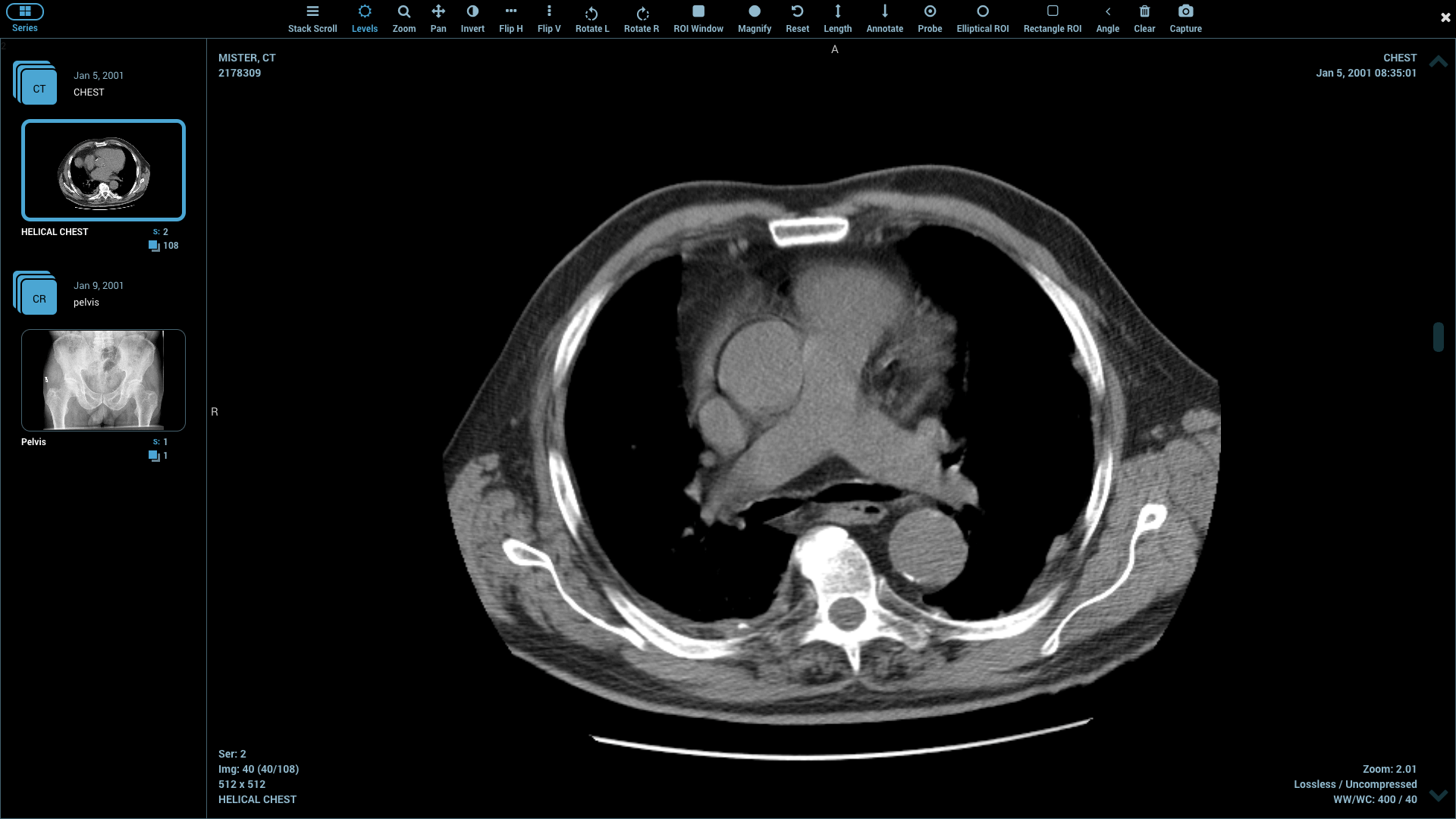
It is a cloud-based DICOM viewer, and can be accessed from laptops, desktops, phones and tablets. It is very useful when a team of professionals needs to share DICOM images between them. NextCloud is available as a mobile app, and users can sync images, chat, and share images and notes with the app. However, it does not allow for image modification and analysis.
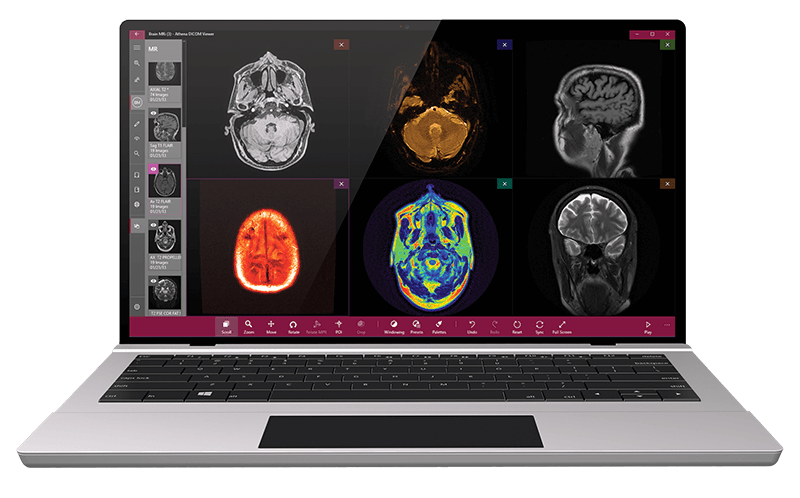
It is a powerful and fast DICOM viewer that is packed with many features. It enables reconstruction, volume rendering and image manipulation by offering several tools to carry out these functions. One unique spec of this application is its voice recognition technology, which helps users when viewing and retrieving files. Voice recognition also enables easy preparation of reports from the DICOM files. The viewer works better on systems with a touchscreen. The free version is only for a trial and purchase is required to access all features.
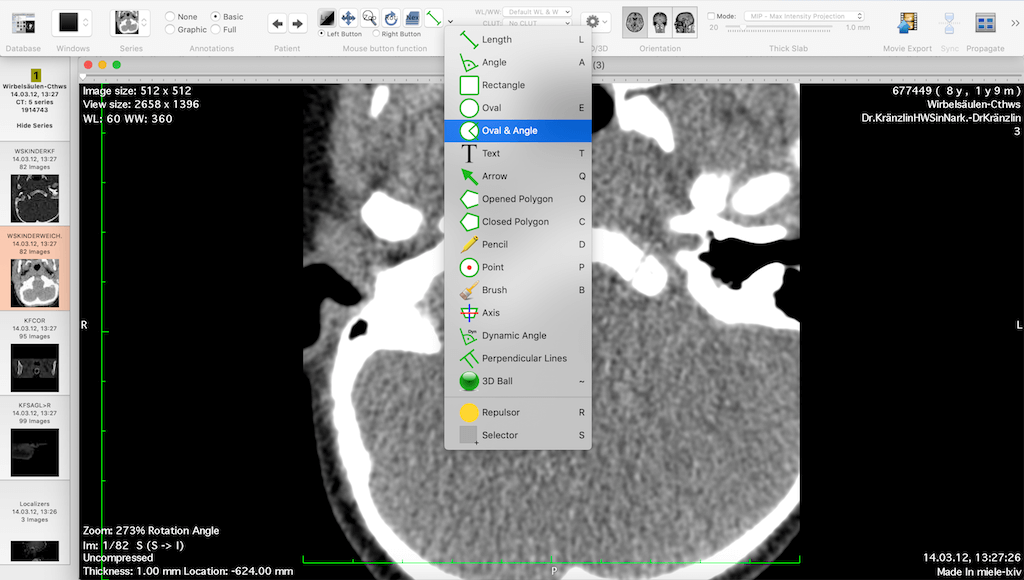
Miele LXIV is a free DICOM viewer for Mac operating systems. It has advanced features including MPR, MIP, volume rendering, and image fusion. In addition, it also allows 4D viewing of cardiac CTs. It is PACS-integrated and can send and receive files from a PACS database.
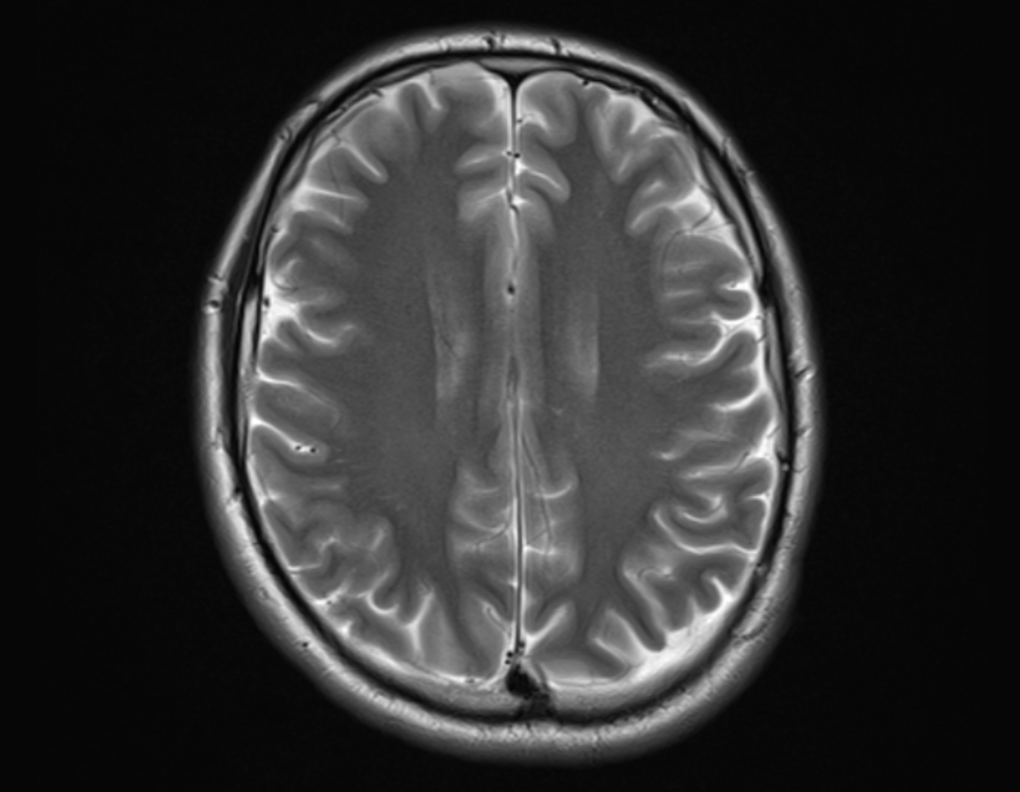
It is a free web application that you can open DICOM images in your computer. It can open JPEG, DICOM and ZIP files. Following features are available. Scroll through a series of images, adjust brightness and contrast, zoom and pan image.
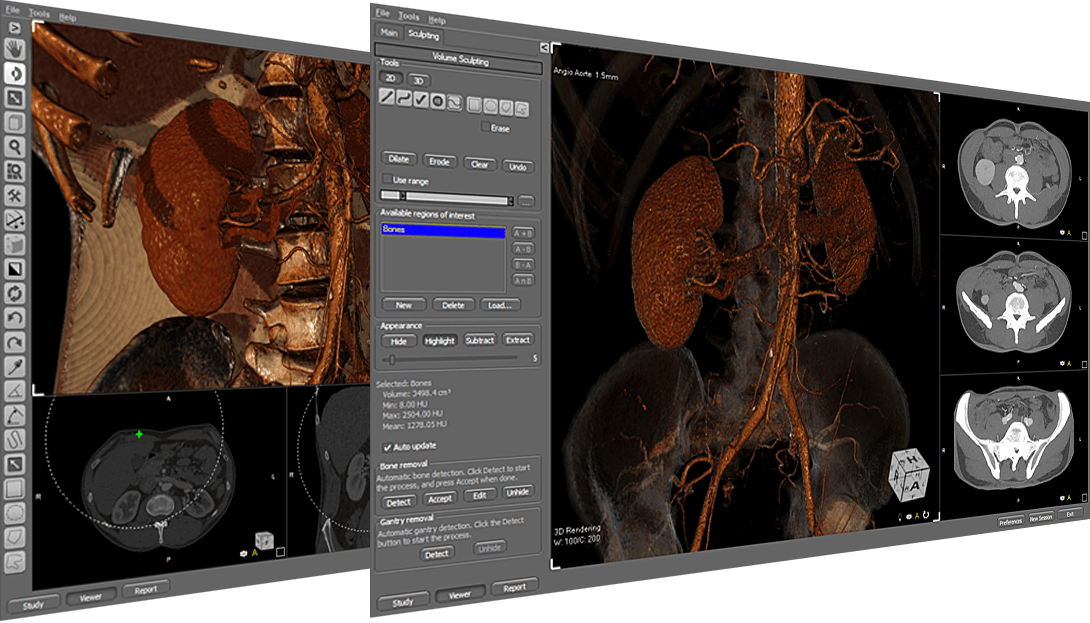
It is a simple, basic application that can be used just to view DICOM files. The Lite is a free version of ORS Visual Pro, which is paid software. Small annotations and basic changes like track, zoom and reset are available in the free version. A search pane is also present to easily retrieve files. While MIP and MPR are available in the Lite version, volume rendering, 3D reconstruction and exporting is allowed only in the paid version.
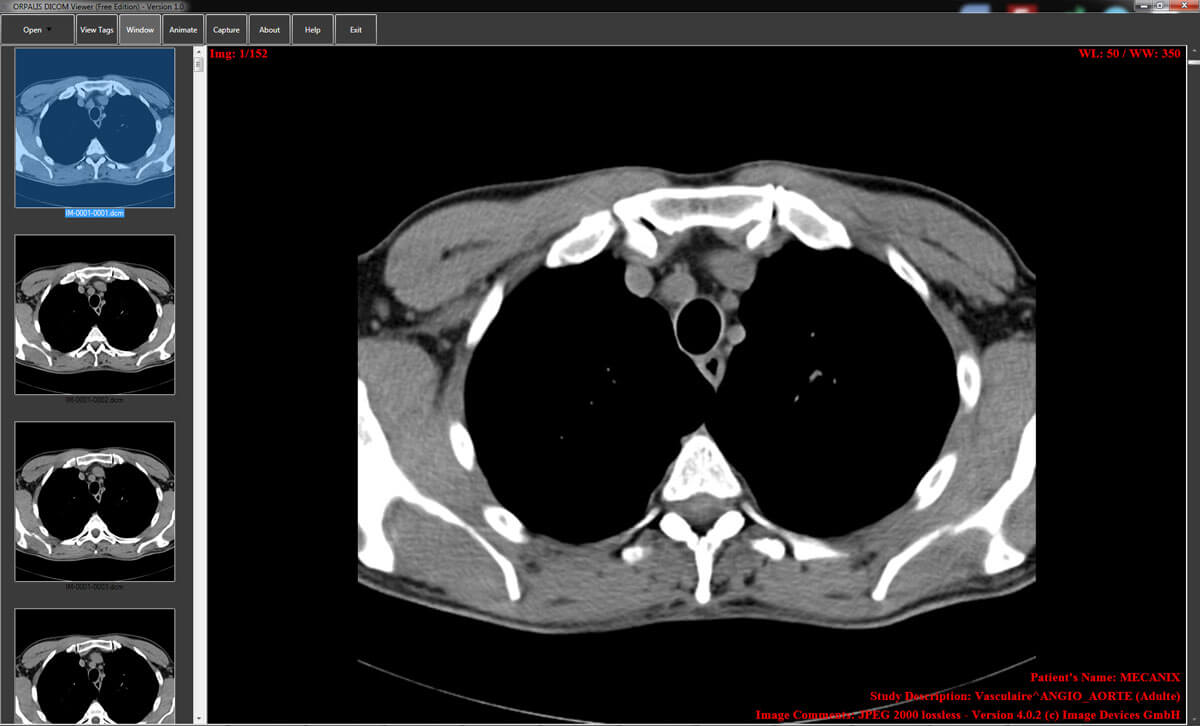
The Orpalis DICOM viewing tool supports all DICOM files and has a simple interface. There is a dedicated forum for support and problem-solving. It is capable of animating multiple frames in a loop mode for easy viewing. Images can be captured and pasted to other presentations or documents.
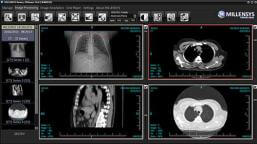
MiViewer from Millensys is a simple DICOM viewer for Windows that does not require any setup. It has both image viewing tools and cine loop tools, and supports all DICOM file types. Unlike its paid version, Vision Tools Multiview, it does not support advanced features or allow PACS integration.


|
Cloud PACS and Online DICOM ViewerUpload DICOM images and clinical documents to PostDICOM servers. Store, view, collaborate, and share your medical imaging files. |
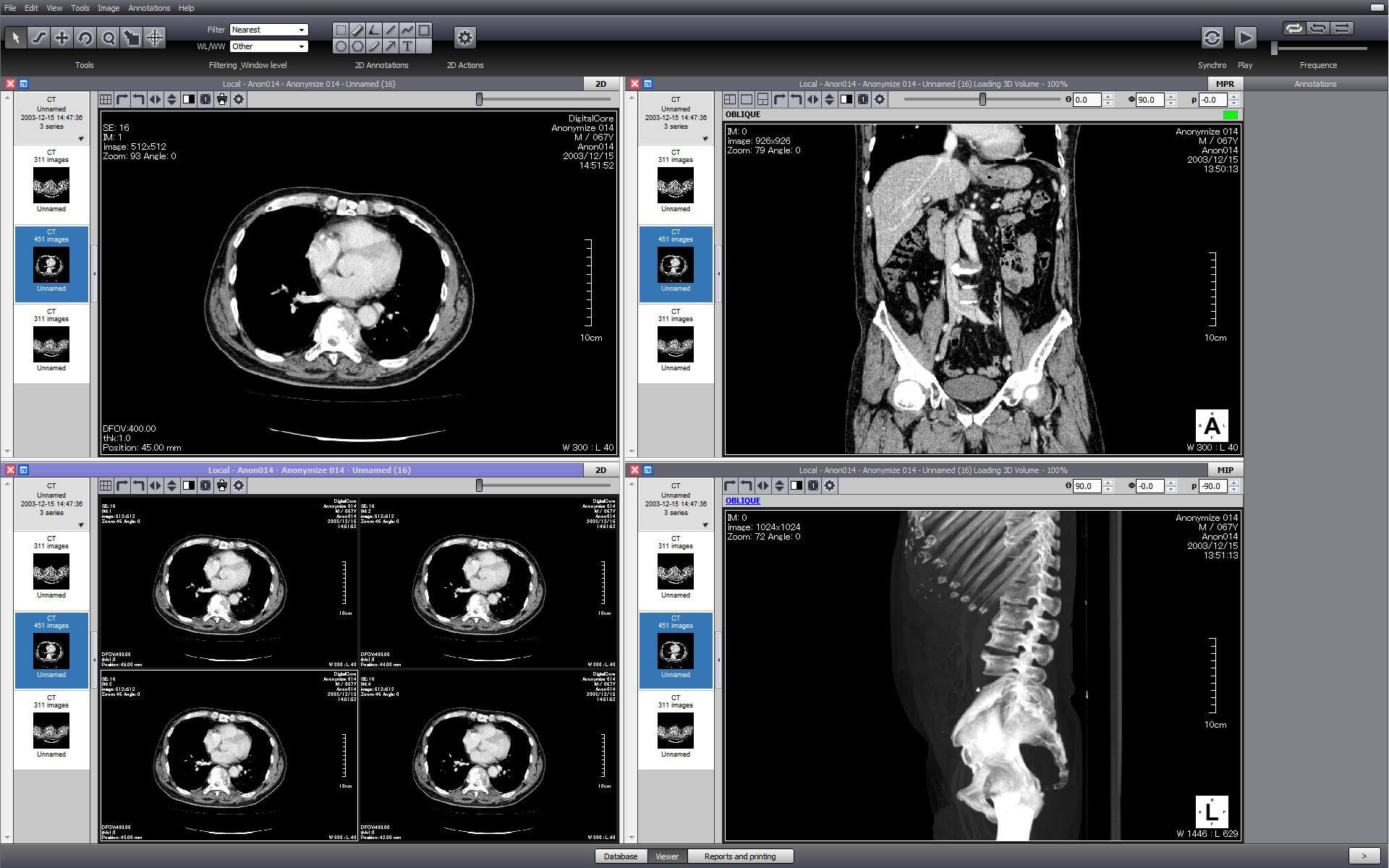
The free version of Onis is a starter package, aimed at non-professionals and students, just to get them used to the software. It has advanced features like MPR and MIP. It can export images and in addition, it can export annotations to excel sheets, which is useful for researchers. However, the free version is limited to a database of 15 patients, and image calibration is not possible.
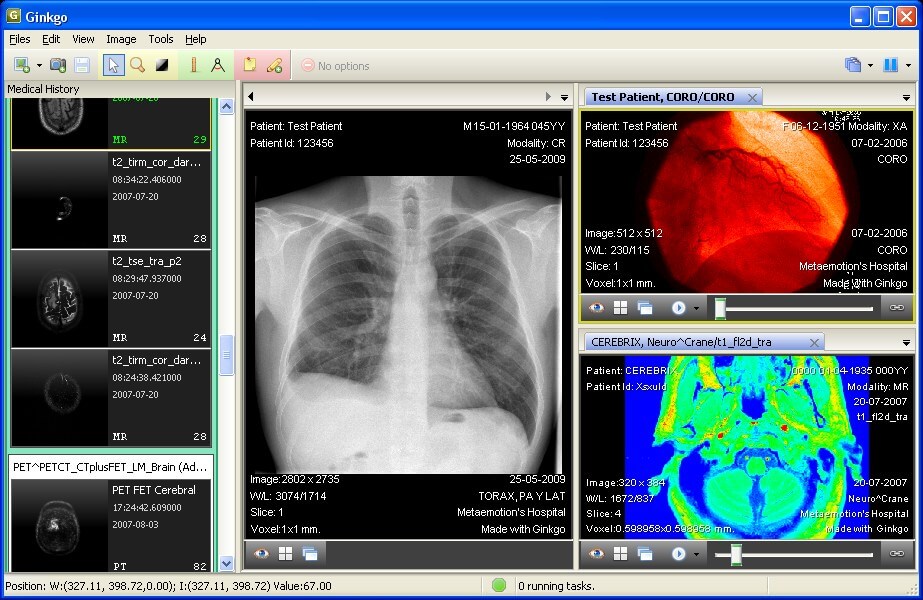
This is one of the few viewers that is compatible with Windows, Mac OS X, and Linux. It is an open source project that supports PACS. It has all the standard DICOM tools, but not many of the advanced tools required in medical diagnosis and research. The Pro version has advanced features like MPR and MIP.
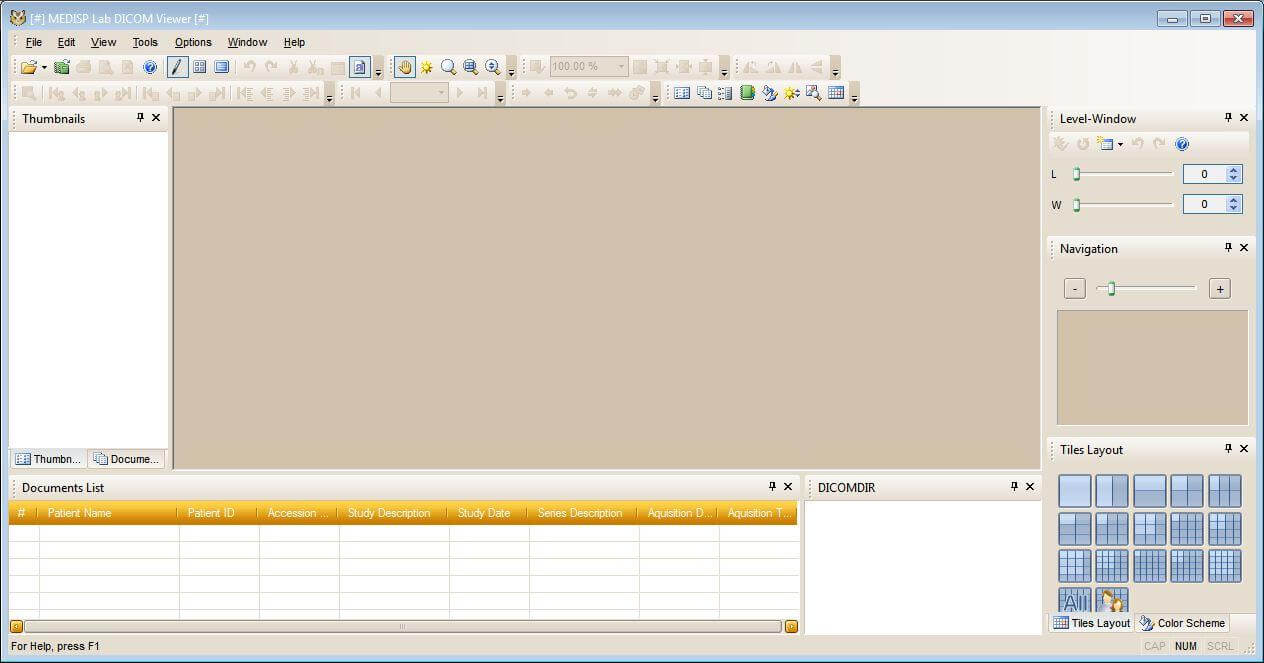
This software, targeted at students, allows viewing and processing of DICOM files. It allows zooming, image orientation and adjustment, but not more advanced features. Online support is available.
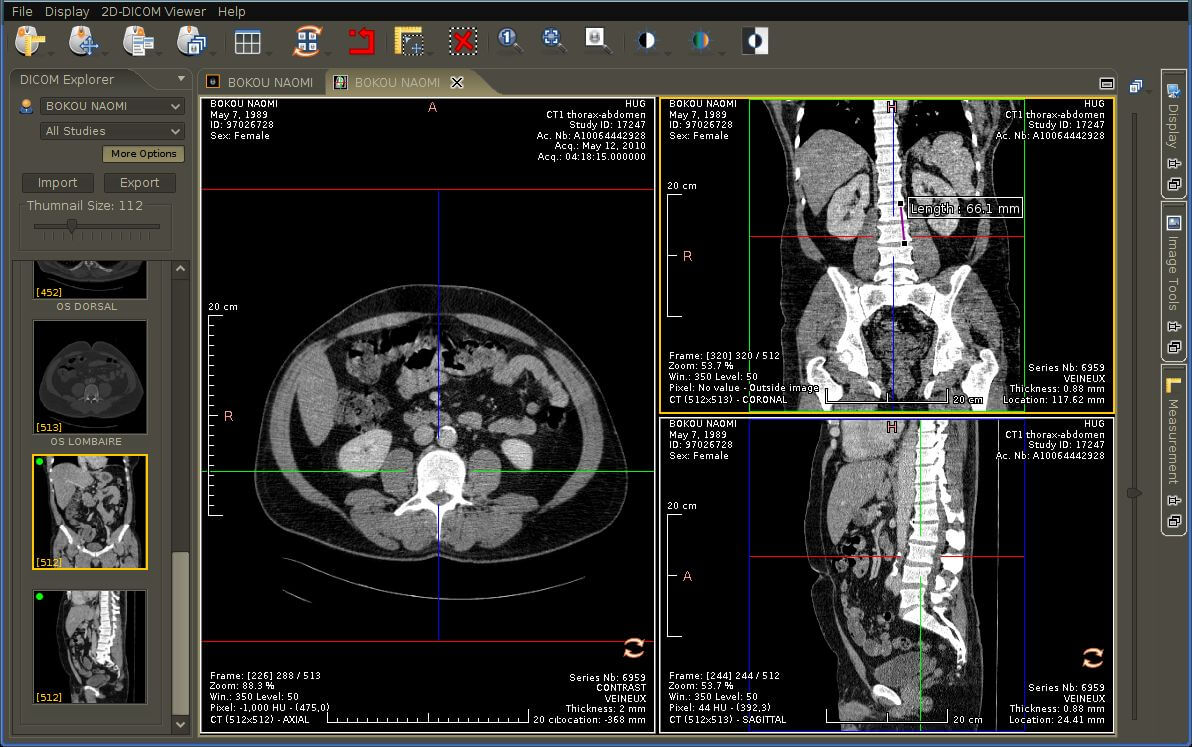
Weasis is a powerful cross-platform DICOM viewer that can be integrated with PACS. It is meant for use by hospitals, as well as for research. It provides multi-language support and has advanced features including MPR, MIP, SUV measurements, and structured reports. It is also compatible for ECGs.
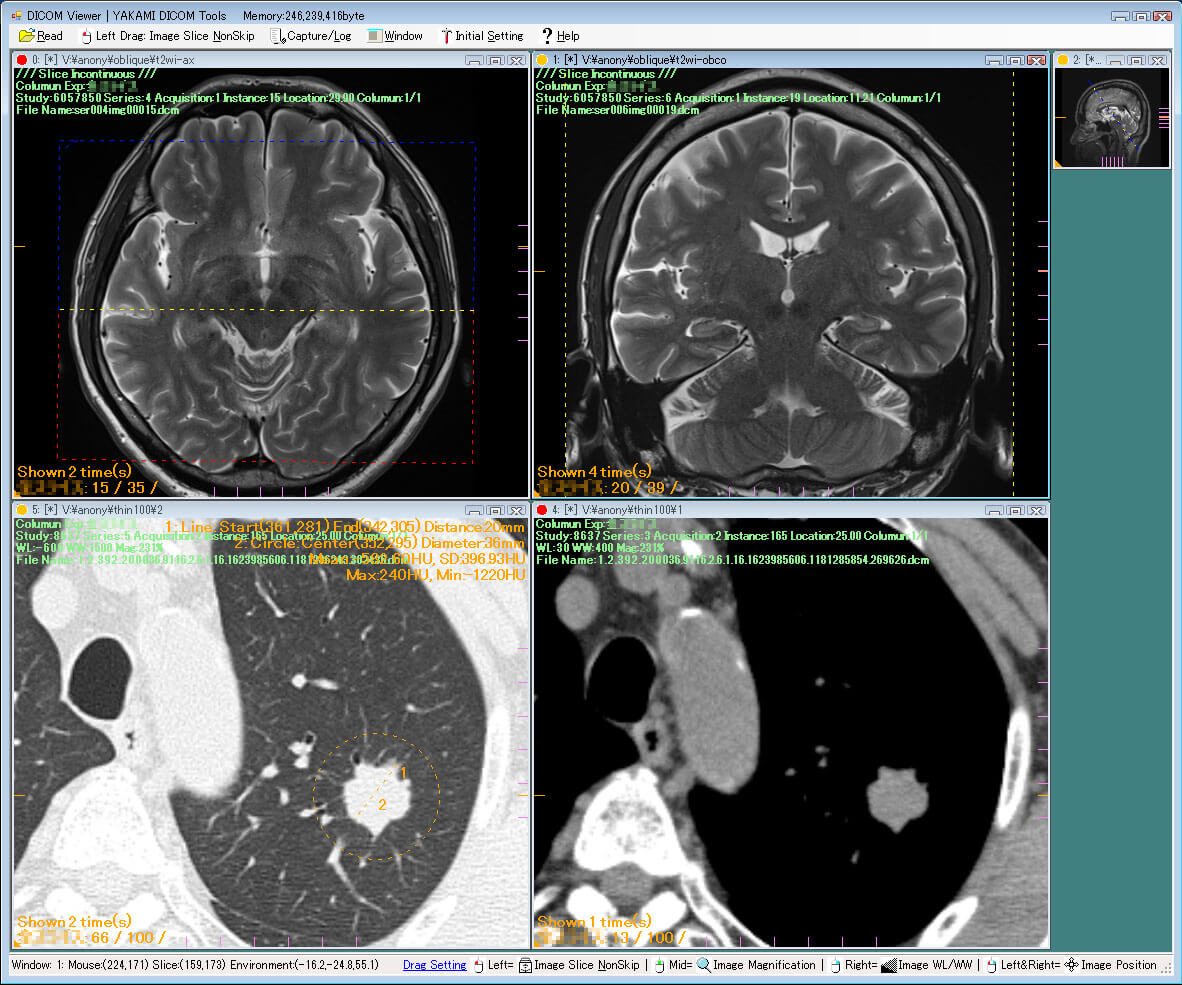
The site offering this freeware explicitly states that the viewer is intended for research, and not for diagnostic purposes. It offers a high-speed viewer that has almost all the advanced features mentioned before for similar software. It supports image file conversion and anonymization.
To help you choose the right application for your needs from this assortment of feature-packed yet affordable DICOM viewers, we’ve created a table that summarizes the essential features of each software:
| NO | DICOM VIEWER | OPERATING SYSTEM | PACS INTEGRATION/ CLOUD | MPR | MIP | IMAGE FUSION | EXPORT TO SYSTEM | HARD DISK SPACE FOR INSTALLATION | PROCESSOR/ RAM REQUIREMENTS | PRICING |
| 1. | PostDICOM | Windows, Mac OS X, Linux, Android, iPhones and iPads | Free trial, view the uploaded images after trial, cloud-based PACS | Y | Y | Y | Picture files, documents | N.A. | Intel Core i3/ 2 GB RAM | Free trial. Paid version has more cloud storage, Medical Device Communicator and longer share duration |
| 2. | Horos | Mac OS | Available for extra fee | Y | Y | Y | N.A. | N.A. | i5 processor/ 16 GB RAM | Open source |
| 3. | RadiAnt | Windows | Not available | Y | Y | Y | Image files, Word and PowerPoint | 5 MB | Intel Multicore/ 2 GB RAM; Resolution 1064x768 | Free version valid for three months only |
| 4. | Navegatium | Windows 8.1 or higher | Can integrate to PACS, no cloud storage | Y | Y | N | N.A. | 60 MB | i3 processor/ 4 GB RAM; Directx10 or higher graphics chipset | Freeware ; not FDA approved |
| 5. | Pro Surgical 3D | Windows 8.1 or higher | Not available | Y | Y | N | STL and PLY formats | 1 GB | Intel i3/ 8+ GB RAM; 1920x1080 | Freeware |
| 6. | MicroDicom | Windows | Not available | N | N | N | Picture (JPEG, PNG) and movie file (AVI) formats | 14 MB | N.A. | Freeware; no CE mark or FDA approval |
| 7. | 3DimViewer | Windows, Mac OS X, Linux | Not available | Y | Y | Y | N.A. | N.A. | N.A. | Free license |
| 8. | DICOM Web Viewer | Browser-based (JavaScript and HTML 5) | Not available (zero footprint) | N | N | N | N.A. | N.A. | N.A. | Free to use |
| NO | DICOM VIEWER | OPERATING SYSTEM | PACS INTEGRATION/ CLOUD | MPR | MIP | IMAGE FUSION | EXPORT TO SYSTEM | HARD DISK SPACE FOR INSTALLATION | PROCESSOR/ RAM REQUIREMENTS | PRICING |
| 9. | MANGO | Windows, Mac OS X, Linux | Not available | Y | Y | Y | N.A. | N.A. | Intel core/ 4 GB RAM | Free for non-commercial use |
| 10. | Escape EMV | Mac OS X | Not available | N | N | N | Picture and movie files, as well as data files | N.A. | N.A. | Free only for a short trial period. |
| 11. | IrfanView | Windows | Not available | N | N | N | N.A. | 3 MB | 64 bit processor preferable, 2 GB RAM | Free to use; not FDA approved |
| 12. | Sante | Windows | Mini-PACS available | Y | N | N | Picture, movie and data files | 100 MB | Intel Core i3/ 2 GB RAM; Screen resolution 1064x768, true color | Free for 45 days only |
| 13. | JiveX DICOM Viewer | Windows | PACS integration in paid version only | N | N | N | N.A. | N.A. | N.A. | Free version does not allow storage and support |
| 14. | NextCloud | Browser based | The entire app is cloud-based and shared images can be stored | N | N | N | N.A. | N.A. | N.A. | Free to use |
| 15. | Athena | Windows 10 | Available but in paid version | Y | Y | Y | Y | 500 MB | Intel core/ 8 GB RAM, DirectX Version 10 | Free only for one month |
| 16. | Miele LXIV | Mac OS X | PACS integrated | Y | Y | Y | Y | 50 MB | Intel processor | Free to use |
| NO | DICOM VIEWER | OPERATING SYSTEM | PACS INTEGRATION/ CLOUD | MPR | MIP | IMAGE FUSION | EXPORT TO SYSTEM | HARD DISK SPACE FOR INSTALLATION | PROCESSOR/ RAM REQUIREMENTS | PRICING |
| 17. | IMAIOS DICOM Viewer | Windows, Mac OS X | Not available | Y | N | N | N.A. | N.A. | N.A. | Freeware |
| 18. | ORS Visual Lite | Windows | Not available | Y | Y | N | Not available in free version | N.A. | Intel processor/ 2 GB RAM; Pixel shader v2.0 and above, Resolution 1280x1024 pixels | Free version has lesser features than paid version |
| 19. | Orpalis DICOM Viewer | Windows | Not available | N | N | N | Capture-paste available | 8.4 MB | Intel processor/ 2GB RAM | Freeware |
| 20. | MiViewer | Windows | Not available | N | N | N | Picture export to JPEG | 2 MB | No specific requirements | Free version has less features |
| 21. | Onis Viewer | Windows | Up to 15 patients | Y | Y | N | Picture and annotation export | 30 MB | DualCore processor/ 1 GB RAM | Free version is limited to 15 patients |
| 22. | Gingko CADx | Windows, Mac OS X, Linux | Not available | Y | Y | N | Picture file export | 1 GB | Intel processor/ 512 MB RAM | Free version has lesser features |
| 23. | MEDISP DICOM Viewer | Windows | Not available | N | N | N | N.A. | 15 MB | Pentium 4/ 512 MB RAM | Free for non-commercial use |
| 24. | Weasis | Windows, Mac OS X, Linux | PACS integration | Y | Y | N | Picture file export | N.A. | Intel processor/ 2 GB RAM, JAVA runtime environment 8 | Free for non-commercial use |
| 25. | Yakami DICOM | Windows | Not available | Y | Y | Y | N.A. | 1 GB | Intel processor/ 2 GB RAM | Free for non-commercial use |
*Y = yes, N = no, and N.A. = not applicable.